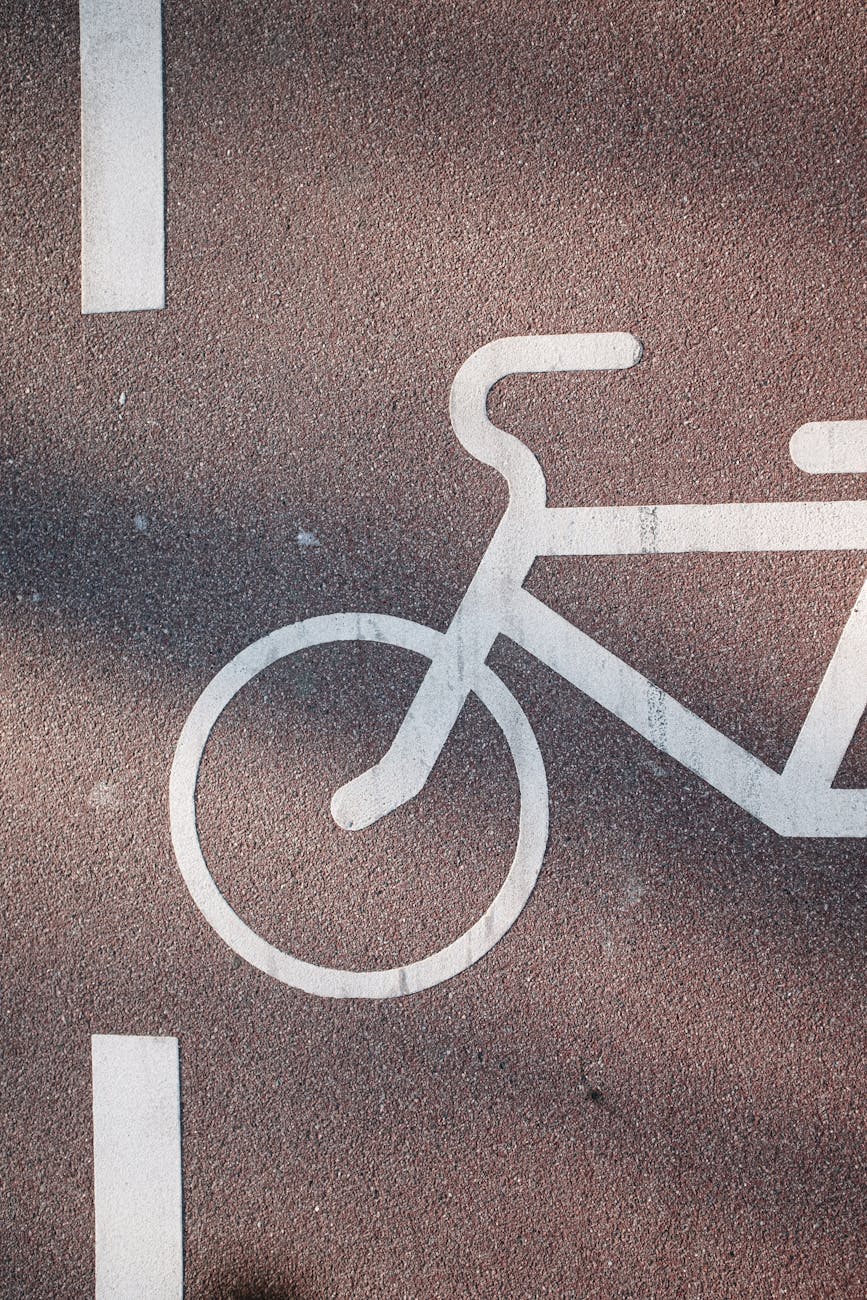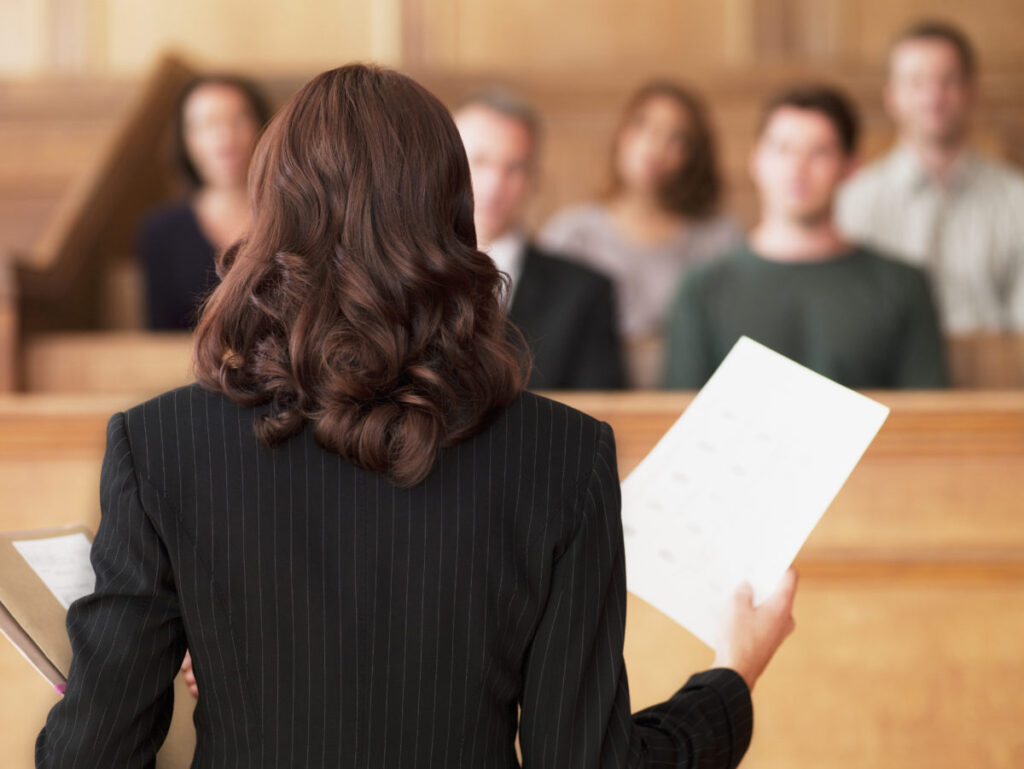Now Reading: Be Bright, Be Safe: Understanding Cyclists’ Responsibilities at Night
-
01
Be Bright, Be Safe: Understanding Cyclists’ Responsibilities at Night

Be Bright, Be Safe: Understanding Cyclists’ Responsibilities at Night
As winter draws in and daylight hours shrink, the challenge of staying visible on a bike becomes critical. Cyclists navigating public roads in the dark have both a legal and a practical responsibility to ensure they’re seen—not just for their safety but for the safety of others sharing the road.
As personal injury legal experts, we’re here to herlp. This article takes you through the key legal requirements and practical tips to stay visible and ride safely during the darker months.
What the Law Says About Bike Lights
Under the Road Vehicles Lighting Regulations 1989 (RVLR), riding a bike on public roads between sunset and sunrise without proper lighting is illegal. The rules state that a bicycle must have:
- A white front light and a red rear light, both switched on and functioning.
- A red rear reflector.
- Amber pedal reflectors for bikes manufactured after October 1985.
In 2005, the regulations were updated to permit flashing lights, provided they flash at a consistent frequency. While these are legal, cyclists riding in areas without street lighting are advised to use steady front lights for clearer visibility.
You can find further guidance on these requirements in the Highway Code, which outlines both legal obligations and additional safety recommendations.
The Highway Code’s Advice for Cyclists
The Highway Code is more than just a rulebook—it’s a guide to safer cycling. Some of its instructions are legally binding (like those under the RVLR), but others are advisory.
Here’s what it suggests to help cyclists stay safe:
- Clothing: Wear light-coloured or fluorescent clothing during the day and reflective items like belts or bands at night to improve visibility.
- Accessories: White front reflectors and spoke reflectors are recommended to make your bike more visible to other road users.
Remember, these suggestions aren’t just about meeting the minimum requirements—they’re about maximising your safety in all conditions.
Cycling Without Lights: What Are the Consequences?
Failing to use lights at night is a criminal offence. If stopped by the police, cyclists could face a £50 Fixed Penalty Notice. While enforcement isn’t always strict, the risks of cycling unlit far outweigh the potential fine.
Beyond the legal ramifications, riding without lights can impact civil claims in the event of an accident. The Highway Code is often used to assess a cyclist’s actions when determining liability.
Can You Still Claim if You’re Hit While Riding Without Lights?
The short answer: yes.
Cyclists are recognised by law as “vulnerable road users.” This means drivers are generally held to a higher standard of care when sharing the road with them.
However, if you were riding without lights, a court might decide that you share some responsibility for the accident. This is known as contributory negligence.
How Does Contributory Negligence Work?
Under the Law Reform (Contributory Negligence) Act 1945, a court can apportion blame between the cyclist and the driver. If a cyclist’s failure to use lights contributed to the accident, their compensation may be reduced by a percentage that reflects their level of fault.
For example, if a court finds a cyclist 25% responsible for an accident, their compensation will be reduced accordingly. The specific circumstances of the accident play a significant role in determining fault.
- Well-lit roads: Riding without lights may carry less weight in areas with sufficient streetlighting.
- Dark, rural roads: The absence of lights becomes a more significant factor on unlit roads where visibility is poor.
Practical Tips for Night Cycling
Staying visible isn’t just about avoiding fines—it’s about preventing accidents and protecting yourself on the road. Here are some practical tips to stay safe:
- Invest in quality lights: Choose lights with sufficient brightness for your environment, and carry spare batteries or a backup light.
- Layer up on reflectivity: Combine reflective clothing with reflective bike accessories, such as wheel strips or spoke lights, for 360-degree visibility.
- Check your setup regularly: Make it a habit to inspect your lights, reflectors, and other safety gear before every ride.
- Plan your route: Stick to well-lit roads where possible, especially in poor weather conditions.
- Be predictable: Signal your movements clearly to drivers and other road users to reduce the risk of misunderstandings.
Find Support When It’s Needed Most
Accidents can happen even when cyclists do everything right. At Enable Law, we specialise in supporting vulnerable road users injured due to the negligence of others.
If you’ve been involved in an accident, whether or not you had lights on your bike, you may still have a valid claim for compensation. Our experienced personal injury lawyers can guide you through the process, ensuring you receive the support and rehabilitation you need.
Contact us today to discuss your case and find out how we can help you get back on track.
Staying visible is more than just following the rules—it’s about making sure you’re seen and safe on every journey. So, gear up, light up, and ride responsibly this winter.










